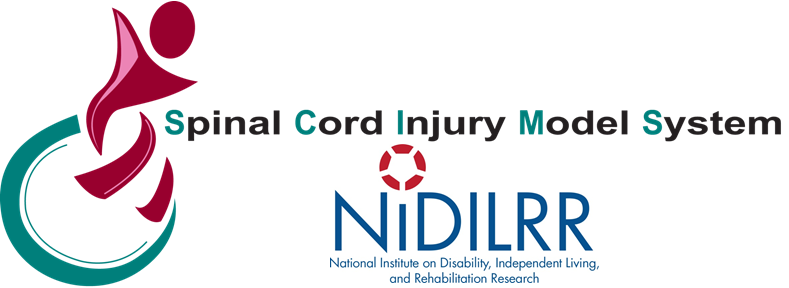Residential mobility is key social determinant of health in people with spinal cord injury
SCI Model System study shows that vulnerable populations are more likely to relocate, often to high-poverty neighborhoods, increasing the risk of poor post-injury outcomes
East Hanover, NJ. August 9, 2021. In the first investigation of residential mobility among a national sample of adults with spinal cord injury, researchers from the federally funded Spinal Cord Injury Model System determined that one in four people moved after spinal cord injury over a five-year period. Moving was more commonly observed among young adults, people from racial and ethnic minority backgrounds, and people from low-income households.
The article, “Who Moves after SCI? Individual, Health, and Neighborhood Predictors of Residential Mobility among Participants in the National Spinal Cord Injury Model Systems Database” (doi: 10.1016/j.apmr.2021.03.039) was published online by Archives of Physical Medicine and Rehabilitation on May 15, 2021.
The authors are Amanda L. Botticello, PhD, MPH, and Lauren Murphy, PhD, of Kessler Foundation, Jennifer Bogner, PhD, of Ohio State University, Michael Boninger, MD, of University of Pittsburgh School of Medicine, Thomas N. Bryce, MD, of Icahn School of Medicine at Mount Sinai, Yuying Chen, MD, PhD, of University of Alabama at Birmingham, Allen W. Heinemann, PhD, of Feinberg School of Medicine, Northwestern University, and Mary Joan Roach, PhD, of Case Western University and MetroHealth System. Dr. Botticello also has an academic appointment at Rutgers New Jersey Medical School.
The places where people live can significantly shape daily experience with disability. Living in a socioeconomically disadvantaged neighborhood increases the risk for poor health, low community participation, and diminished quality of life, whereas living in a neighborhood with green space and less density improves perceived health, well-being, and community integration. Clearly, there is value in including residential neighborhood characteristics as key social determinants of health in outcomes studies.
One metric had not been studied: how often and where people move after spinal cord injury. Having up-to-date information about residential mobility is crucial to developing more targeted investigations involving the social determinants of health. Moreover, without data specific to residential mobility among people with spinal cord injury, it is difficult to understand the complex relationships between neighborhood factors, health, and disability that affect this population.
In this study, researchers identified residential mobility patterns in people with spinal cord injury by conducting a retrospective analysis of data from the National Spinal Cord Injury Statistical Center, collected between 2006 and 2018, and linking it with neighborhood characteristics from the American Community Survey. The 4,599 survey participants had traumatic spinal cord injury who participated in two waves of follow-up surveys.
Thirty-five percent of all movers relocated to a high-poverty census tract. In addition, the research team found that high poverty and racial or ethnic segregation in the origin neighborhood predicted an increased risk for people with spinal cord injury to remain in or move to a high-poverty neighborhood.
Funding sources: National Institute on Disability, Independent Living, and Rehabilitation Research (NIDILRR): 90DPTB0003 (Kessler Foundation)
About the Spinal Cord Injury Model System: The Spinal Cord Injury Model Systems (SCIMS) are specialized programs of care in spinal cord injury that gather information and conduct research with the goal of improving long-term functional, vocational, cognitive, and quality-of-life outcomes for individuals with spinal cord injury. Funded by the National Institute on Disability Independent Living and Rehabilitation Research, the 2016-2021 grant cycle comprises 14 SCIMS grantees. Each grantee contributes patient records to a national database, maintained by the National SCI Statistical Center, which tracks the long-term consequences of SCI and conducts research in the areas of medical rehabilitation, health and wellness, technology, service delivery, short- and long-term interventions, and systems research. Each SCI Model System is charged with disseminating information and research findings to patients, family members, health care providers, educators, policymakers, and the general public.
About Kessler Foundation: Kessler Foundation, a major nonprofit organization in the field of disability, is a global leader in rehabilitation research that seeks to improve cognition, mobility, and long-term outcomes, including employment, for people with neurological disabilities caused by diseases and injuries of the brain and spinal cord. Kessler Foundation leads the nation in funding innovative programs that expand opportunities for employment for people with disabilities. For more information, visit KesslerFoundation.org.
